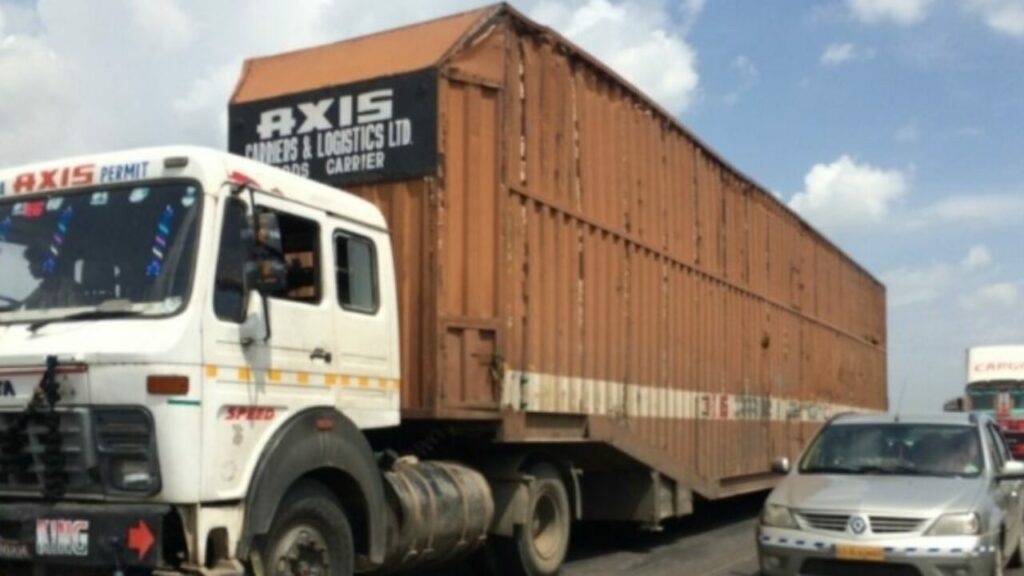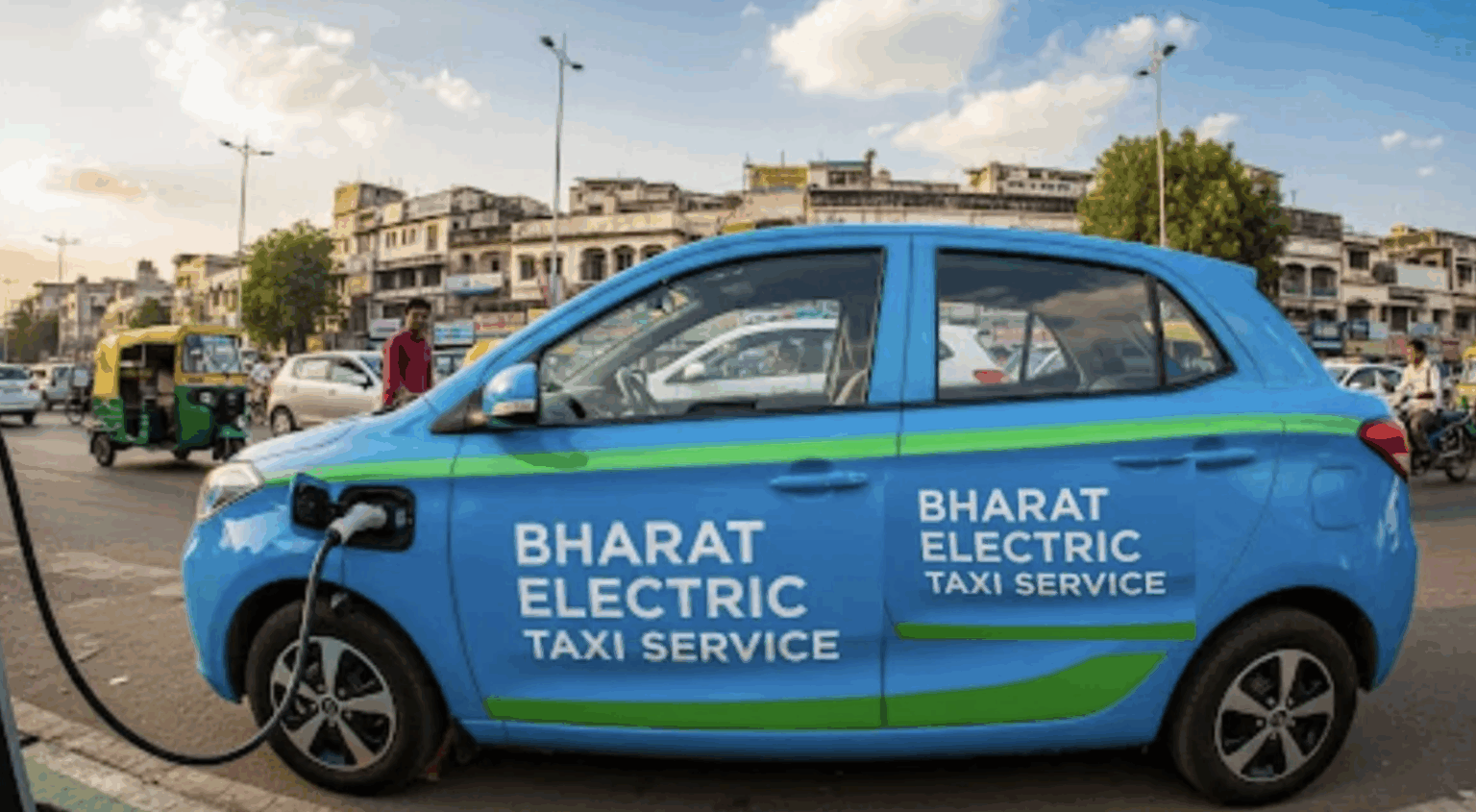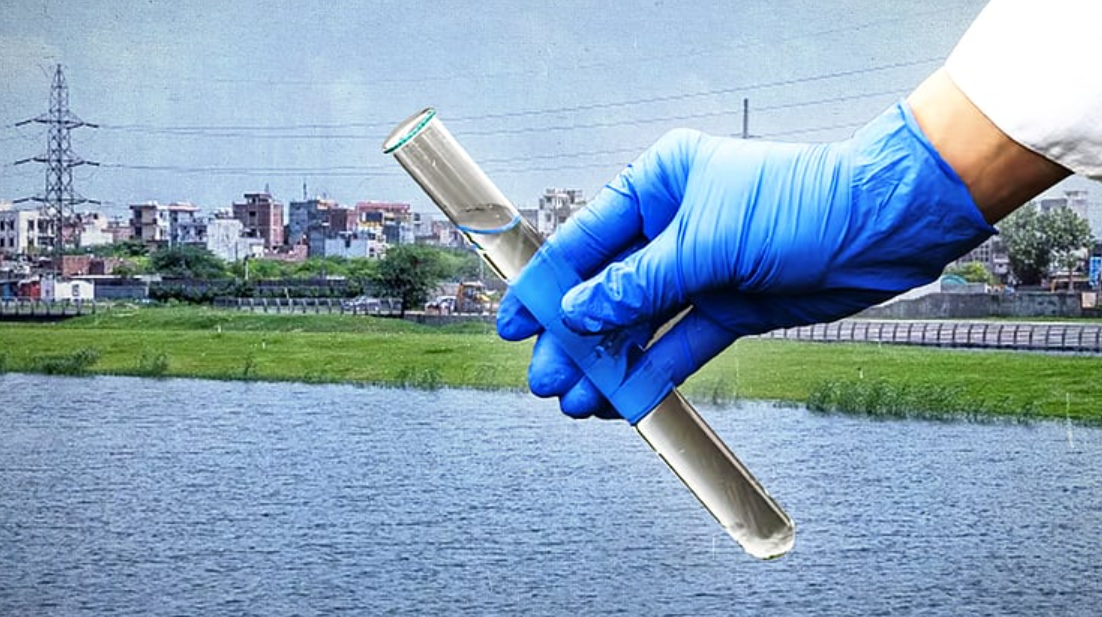This is a Guest Blog by Karan Shaha, Co-founder, and CEO, Vahak
Currently, the Indian freight transportation sector is rapidly witnessing growth to ensure it meets competitive consumer demands. At present, as per NITI Ayog, India transports ~4.6 billion tonnes of freight annually, creating a transport demand of 2.2 trillion tonne-km at the cost of ₹9.5 lakh crore.

While this demand continues to rise, the road freight movement is also growing and is set to increase to 9.6 trillion tonne-km by 2050. This clearly signifies the growth potential of the logistics industry which in turn will boost growth in the economy as well. This year the logistics industry had a few key expectations from the budget, which included addressing supply-side concerns, incentivizing growth in the sector, and focusing on infrastructure that can enhance the ease of living for commercial vehicle drivers. In addition, measures to improve the Logistics Performance Index, integrating technology to bring much-needed change, encouraging an effective logistics model, and encouraging zero-emission commercial vehicles, were important. Incentivizing research teams and offering favourable financing for the trucker’s community were also key components in building a seamless logistics sector.
The Union Budget 2023- 24 announcement presented by our Hon’ble Finance Minister is monumental for the logistics sector. The key measures undertaken have laid down a strong foundation paving way for a strong growth trajectory for the sector. Under the National Logistics Policy, the government is making strong efforts to build a network of logistics parks, mapping it with PM Modi’s Gati Shakti NMP that is aimed to enhance visibility, improve logistics efficiency, and ensure optimum utilisation and road connectivity. There was a critical need to map these keeping the requirements of commercial vehicle drivers at the core. Hence, an enhanced outlay of Rs. 1.3 lakh crore for infrastructure investment from the Centre will surely give a boost to creating clearly defined logistics policies such as NLP (National Logistics Policy) at the state level. Incentivizing infrastructure development is certainly a welcome move.
Additionally, creating new opportunities for private investments in infra will boost efforts towards power sector developments, roads, and urban infrastructure which is the need of the hour for efficient transportation and transition to green mobility. Zero-emission transmission vehicles serve as an ideal solution to air pollution, increasing public health hazards, and rising energy costs. By reducing both air pollution and costs, these vehicles will result in growing industrial competitiveness.
We commend the decision to speed up developments in transportation infra creation, especially related to top freight routes, logistics parks, and highway development. The road freight sector is set to grow fourfold by 2050. By continuing to run on fossil fuel, these burgeoning fleets will add to air pollution, exacerbating public health hazards, increasing energy costs, and driving up emissions. Using conventional trucks to meet growing demand requires an expenditure of over US$1 trillion cumulatively on crude oil imports for diesel production by 2050. The ambitious goal to meet the 2070 deadline for net-zero carbon emissions in the country is a move in the right direction. It is truly thrilling to witness the government incentivising automakers and their peripheral manufacturing industries with various direct and indirect benefits to meet these goals. Zero-emission transmission vehicles right now are the clear solutions to all of these problems and more. This will help reduce both air pollution and costs and these vehicles can directly enhance industrial competitiveness.












